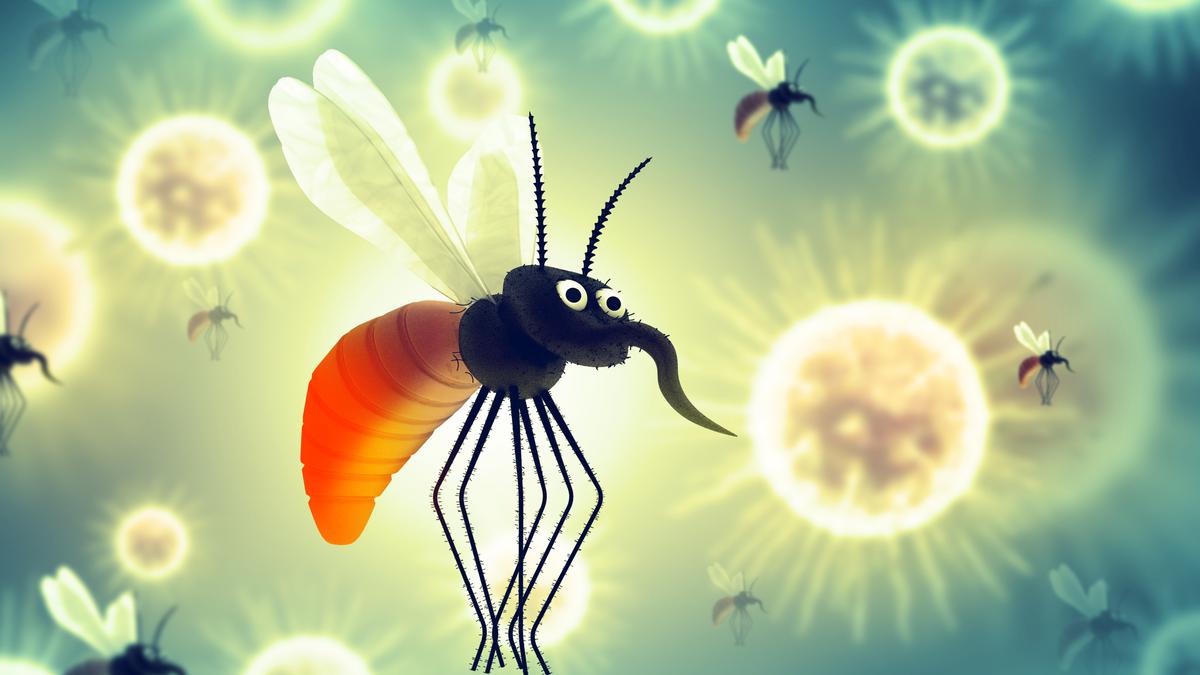
Review of Ranjit Lal’s The Harmony of Bees and other Charms of Creepy Crawlies: Extraordinary creatures
The Hindu
Ranjit Lal's ‘The Harmony of Bees and other Charms of Creepy Crawlies’ is a riveting read. With wit, humour, scientific detail and exacting observation, the author shares intimate details of creatures barely visible, some considered pests. Greyscale illustrations by Kavita Singh Kale force readers to imagine the colourful eyes, claws, fangs and wings of these small creatures. Lal's final argument makes it appear as if the earth belongs to these creepy crawlies, as scorpions have been around for 435 million years, moths for 190 million years and termites have a caste system 100 million years old. A must-read to de-demonise and familiarise readers with the natural world.
All invaders and conquerors have their chroniclers. Genghis Khan had Rashiduddin Hamadani. Aurangzeb had his Khafi (secret) Khan for his southern invasion. The insect world seems to have found a chronicler in Ranjit Lal who has written an account where you are likely to rush out and hug a bee or a mosquito or a housefly depending on the chapter you are reading. I am not making this up.
Sample this: “By feeding on decaying organic material (dead and dying things) cockroaches via their poop free up nitrogen which gets trapped in these creatures. This freed nitrogen in the poop, which becomes a part of the soil, is vital for the well-being of plant life, a forest and everything in it would die without it.” Now who would have thought that the survival of the forest would be dependent on cockroaches? But the author does.
Not just cockroaches, even spiders are loved by the author. “They are hugely useful to us: collectively 25 million tons of spiders consume between 400 and 800 million tons of crop-destroying pests, so we ought to doff our hats to them every time we see them,” is just one more sentence to show how much the writer likes the small arachnids. Did you know that there is a jumping spider called ‘Bagheera kiplingi’ that lives in South America? Or the hooked barb that a scorpion uses to deliver its poison is called Telson? After reading one of the chapters on mosquitoes you would want to keep a mug of water to let mosquitoes feel at home. Can we kill all of them? Perhaps not. There are about eight trillion of them apparently. We humans are just about eight billion worldwide.
The book is a scream as the author revels in sharing the most intimate and important details of the creatures which are barely visible, some are considered pests and most are beyond the pale of human imagination. Written with wit, wry humour, scientific detail and exacting observation, the slim volume of 218 pages is an exciting addition to the dozens of books written by the author who has been writing prolifically and has won numerous awards. In his 45th book, the author uses a language mix to get across his message. “The aam janta larvae are of course kept in cattle class and fed on bee bread, and hatch into workers.” Or this: “The beetle’s shimmering iridescence serves as a camouflage in the forests. It’s orange, no purple, no green... heck where did it go? Now you see it, now you don’t.”
Divided into chapters for families of small creatures; the minutiae of their life, origin, the variations, life cycles, and fun facts are brought to life to make a riveting read. There have been books about insects. There are few books on mosquitoes. There is a movie on a fly’s revenge. Of course, there are a dozen luxuriously illustrated books on butterflies in India. But Lal puts his pen where his microscope is. His recreation of the ‘waggle dance’ of foraging bees is a visual drama in words. “They dance in strange figure-of-eight manner, by inclining themselves according to the angle of the sun with that of the nectar source they have found, the time for each waggle indicating the distance from the hive.” With details like this, the next time you spot a honeycomb, you are unlikely to run in fear but would want to stay glued to the spot to find out what the honey bees are doing. That would be a win for an effort to de-demonise and familiarise a generation of readers with the natural world that is forever in motion but just out of sight.
Greyscale illustrations by Kavita Singh Kale force the reader to follow the words of the author as he coaxes imagination to take flight and see the colourful eyes, claws, fangs, and wings of creatures which rarely get a second glance.
Like all chroniclers of conquerors, Lal’s final argument makes it appear as if the earth actually belongs to creepy crawlies. For this, he shares intriguing details about the origin of these small creatures. Like scorpions have been there for 435 million years or moths are there for 190 million years old or that the termites established a caste system some 100 million years ago. To put things in perspective, the earliest man to walk on two feet evolved only four million years ago. Now surely, the earth belongs to them and we are just interlopers warming up the planet.













